-
Posts
4,641 -
Joined
-
Last visited
Content Type
Profiles
Blogs
Forums
American Weather
Media Demo
Store
Gallery
Posts posted by vortmax
-
-
5 minutes ago, Flying MXZ said:
Snow started mixing in when we got off 95 in Fredericksburg VA. By 81 in Winchester it was all snow with the grass whitened. Roads ok but visibility not good. Hope you guys get it and it misses my house!
32 and S in Winchester, 12:45pm on 4/18. Pretty impressive.
-
7 minutes ago, DeltaT13 said:
From past experiences of these late season storms, I would buy this output. You really need to be under the strongest forcing to have any chance of accumulating snows, especially if you don't have any elevation on your side. The NAM seems to be forgetting its late April and not January.
That makes a lot of sense to me, but why would BUF be so aggressive?
-
Of all the Mesos, seems the NAM is most generous and west...by a lot. Seem BUF is really buying the NAM.
-
Canadian MUCH less:

-
-
-
Lake enhancement on the south shore is gonna be insane.

-
 4
4
-
-
-
All of these fantasy charts are 384hrs, not really believing anything outside of 5 days. My guess the above snowfall comes 10+ days out.
-
I was just reading about that...like a 3-day blizzard...I'd take that in any month...lol
-
 2
2
-
-
It ain't over 'til it's over...
-
 1
1
-
-
14 hours ago, SouthBuffaloSteve said:
I’m on the gimme some of this weather train… Dudes stones are so big they kept him from being sucked up… the last 10 seconds are insane.
Unless we’re getting a freakish foot plus storm I’m ready for some other weather types to enjoy. Had a long solid winter here, ready for the flip now.
That dude is nuts...
-
8 minutes ago, DeltaT13 said:
My point is that they arent the ones driving the problem as 90% of the private real estate investors are charging the same jacked up prices.
Basically greed is the driver in all of this. If everyone decided to keep YoY prices flat, they could.
-
 2
2
-
-
12 minutes ago, BuffaloWeather said:
The real problem with the housing market are these large real estate companies buying up hundreds and thousands of homes and renting them out. With interest rates so low these huge companies took advantage to make billions on the backs of the everyday American citizen. The lack of supply and increasing rental rates due to these massive corporations caused the dramatic rise in price of homes. The very low interest rates didn't help.
Do you have any articles about this? Would be interested to learn more....
-
14 hours ago, DeltaT13 said:
I don’t know, I’m familiar enough with some of the those metrics to understand the ramifications. I went looking for info because some of the things I’m seeing in the real estate market right now are really unbelievable. It really does feel like we are on the verge of a bubble again. Houses on my street are selling for 80% higher than they were just 14 months ago.
There are other metrics that I’m unfamiliar with too and agree it’s a lot of info and the writing is a bit sloppy, but I understood the general gist and it’s agrees with a lot of what I’m seeing.Which means the inevitable pop is coming afterwards.
-
5 hours ago, Blue Moon said:
Is anyone else still aboard the snow train? I've disembarked it and boarded the severe train.
I'll take one more big one. Then dry and warm through June.
-
 1
1
-
-
50 minutes ago, brentrich said:
310 hrs away and snowstorm is still there. Soon it won't be in fantasyland anymore. It's coming............

That's like 14 days away. We all know how much trouble the models have even within 3 days. I'm all for 1 more big one though.
-
 1
1
-
-
1 hour ago, LakeEffectKing said:
April 4th winter wonderland in Caz.
Currently:
Again! Dang.
-
-
-
-
19 hours ago, matt8204 said:
Some of them can't be helped or don't want to be helped. You look at the ones who have been in and out of jail their entire lives, arrested dozens of times for the same offense, etc. There comes a point where you have to assume that they simply don't give a damn. To be fair, there are people who might have screwed up once and could turn things around with a second chance. Do we make it too difficult for people to reacclimate to society after serving their sentence?
Nice article about NYC's reduction in crime...lots of collaboration between organizations to help reduce crime. Collaboration is hard to come by now-a-days.
https://www.city-journal.org/html/how-new-york-became-safe-full-story-13197.html
Interesting:
But after New York City’s astonishing crime drop in the nineties—much of which Mayor Rudolph Giuliani and Police Commissioner William Bratton credited to the Broken Windows approach—a firestorm of academic criticism erupted, claiming that Broken Windows was racist, it harassed and criminalized the poor, it constituted cultural imperialism, it amounted to overzealous “zero tolerance,” and so on. Moreover, the crime drop had nothing to do with Broken Windows (or any other police action); it was the result of changes in the economy or other broad social trends. Some criminologists attacked Broken Windows to advance their careers, realizing that variations on the theme of “Broken Windows disproved” were an effective way to call attention to their own work. But for most, ideology was at stake. Not only did the effectiveness of Broken Windows undermine the decades-long assumption that only large-scale social and economic change could prevent crime; it also meant that breakthroughs in crime prevention could come from the Right—anathema to criminologists, most of whom occupied the far Left.
Still, critics of Broken Windows had one good point: New York provided, at most, anecdotal and correlational evidence of a relationship between disorder and crime. There were very few experimental studies—the most certain method of establishing causality—showing that the first caused the second.
But that changed last year, when University of Groningen researcher Kees Keizer and his colleagues published a paper in Science. In six experiments in the Netherlands, Keizer observed and compared the behavior of people under artificial conditions of order and disorder. Invariably, he found that disorderly conditions encouraged further and more serious levels of disorderly behavior. In one experiment, for example, Keizer placed an envelope conspicuously containing five euros in a mailbox. When the mailbox was clean, 13 percent of people who passed it stole the money; when it was covered with graffiti, 27 percent took it.
Also in 2008, Harvard University researcher Anthony A. Braga and his colleagues published the results of a complex set of field experiments in Criminology. Researchers and police identified small neighborhoods in Lowell, Massachusetts, and randomly assigned them to experimental and control conditions. In each of the experimental areas—where police were maintaining order, Broken Windows–style—crime dropped more sharply than in the control areas and, moreover, did not simply move to adjacent neighborhoods. The article also built on an earlier experiment, with the same results, that Braga had conducted in Jersey City a decade earlier.
While these studies do not settle, once and for all, the question of the relationship between disorder and serious crime, they do provide a substantial body of experimental evidence that fixing broken windows ought to be an integral part of any community’s response to crime. In fact, it’s hard to think of a policy option for fixing a major social problem that is as strongly supported—by both experience and solid research—as is Broken Windows.
-
 1
1
-
 2
2
-
-
-




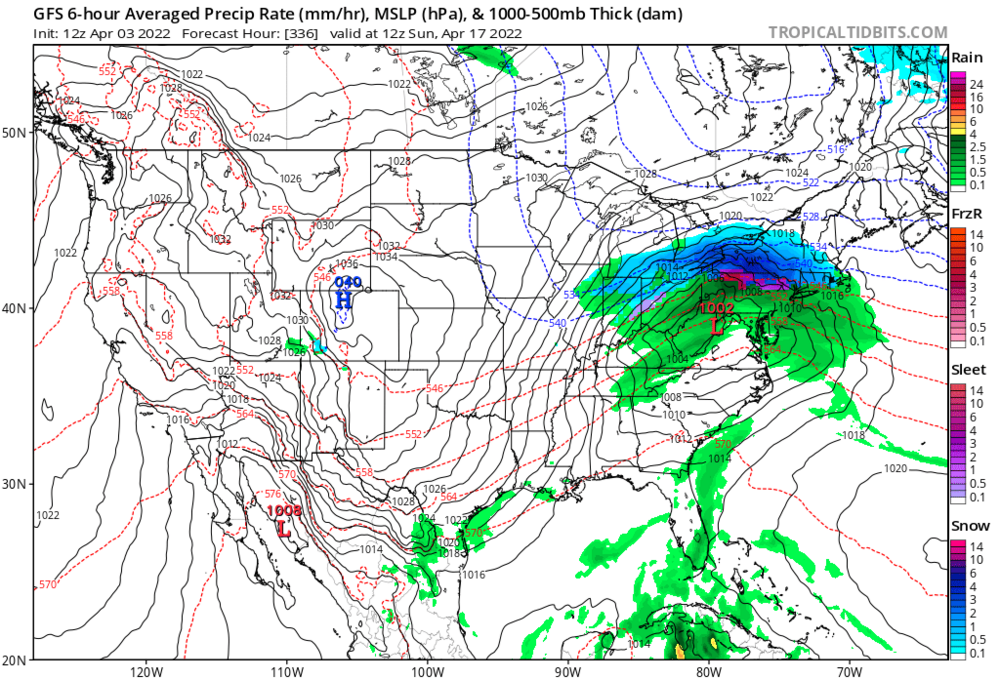
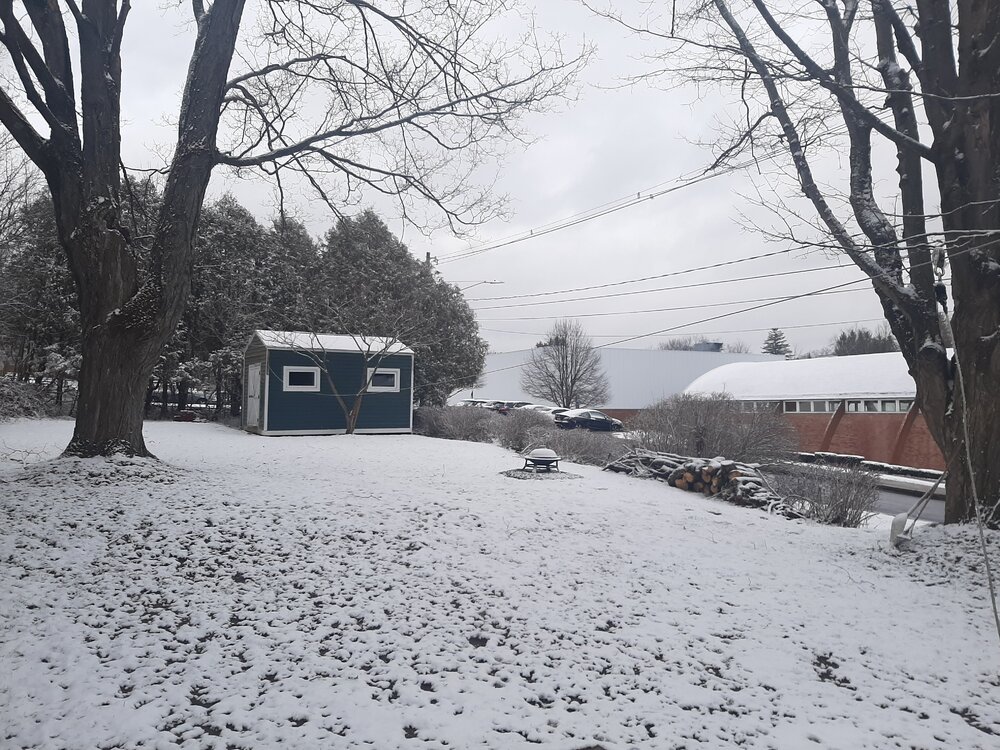

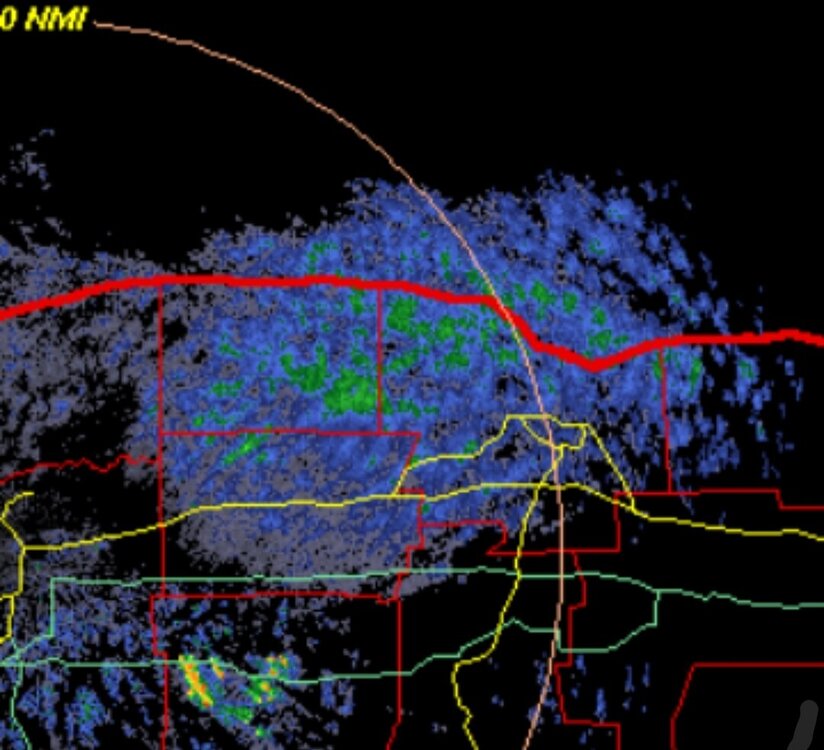
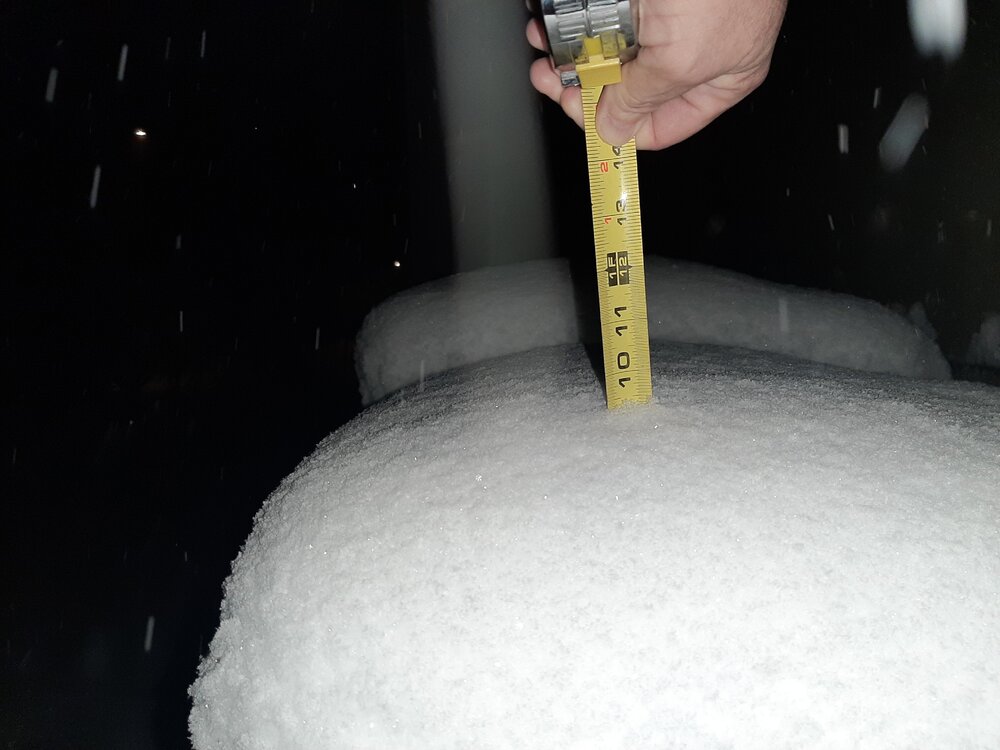
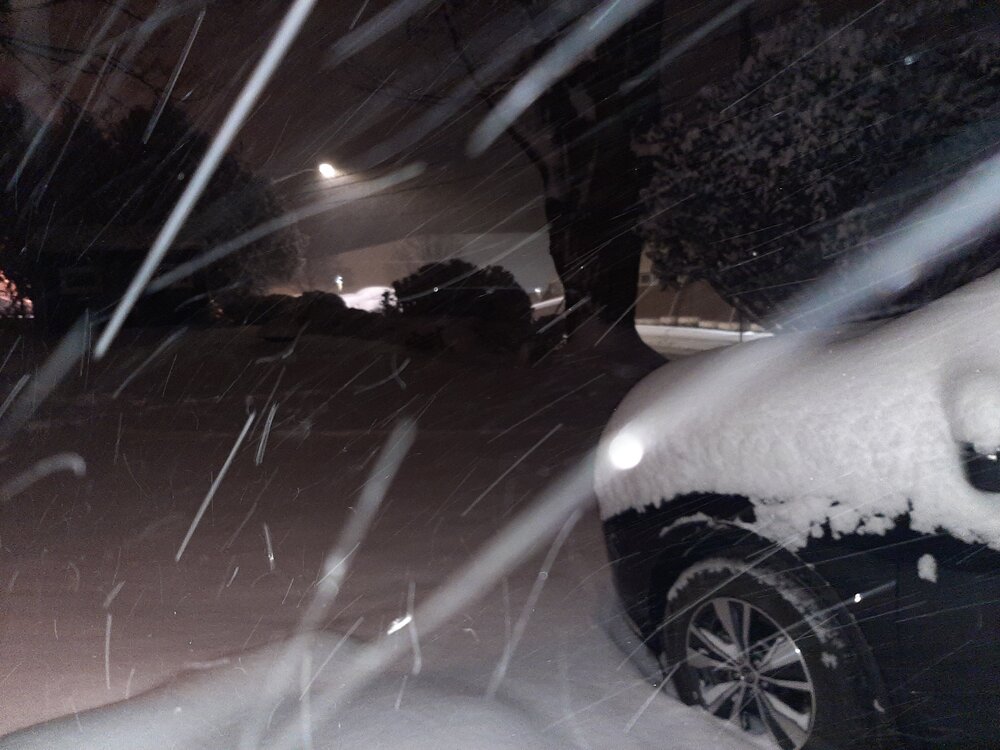
Spring Snowstorm Obs. 4/18-4/19
in Upstate New York/Pennsylvania
Posted
I'm still surprised BUF hugged the NAM so hard for this one.